Overview
You’re not free when you can’t make decisions about what you do with your own body. You’re not free when you can’t make decisions what you do with your future.
Everyone has a right to control their own fertility and exercise reproductive autonomy. This is particularly important for all women, girls and people who can become pregnant.
And yet there are still countless barriers that prevent people from seeking abortions, including criminalisation, social stigma and intersectional discrimination and marginalisation.
TAKE ACTION TO SUPPORT ABORTION RIGHTS DEFENDER
SIGN A PETITION TO OVERTURN JUSTYNA’S CONVICTION
Justyna was convicted for helping a woman in an abusive relationship access a safe abortion. Sign the petition and urge the prosecutor general to ensure that her wrongful conviction is reversed.
What is abortion and why is it necessary?
An abortion is a medical procedure that ends a pregnancy. It is basic healthcare needed by millions of women, girls and people who can get pregnant. It’s estimated that one in four pregnancies ends in an abortion every year.
In places where abortion is legal and accessible and where there is less stigma, people can get abortions safely and with no risk.
However, in places where abortion is stigmatised, criminalised or restricted, people are forced to resort to unsafe abortions. It is estimated that 25 million unsafe abortions take place every year, the vast majority of them in developing countries, and can lead to fatal consequences such as maternal deaths and disabilities.
All people have a right to bodily autonomy which is another reason why anyone who can become pregnant should be able to get an abortion. However, many people, especially those from historically marginalised communities, face social, economic and political conditions which hinder their ability to exercise reproductive autonomy.
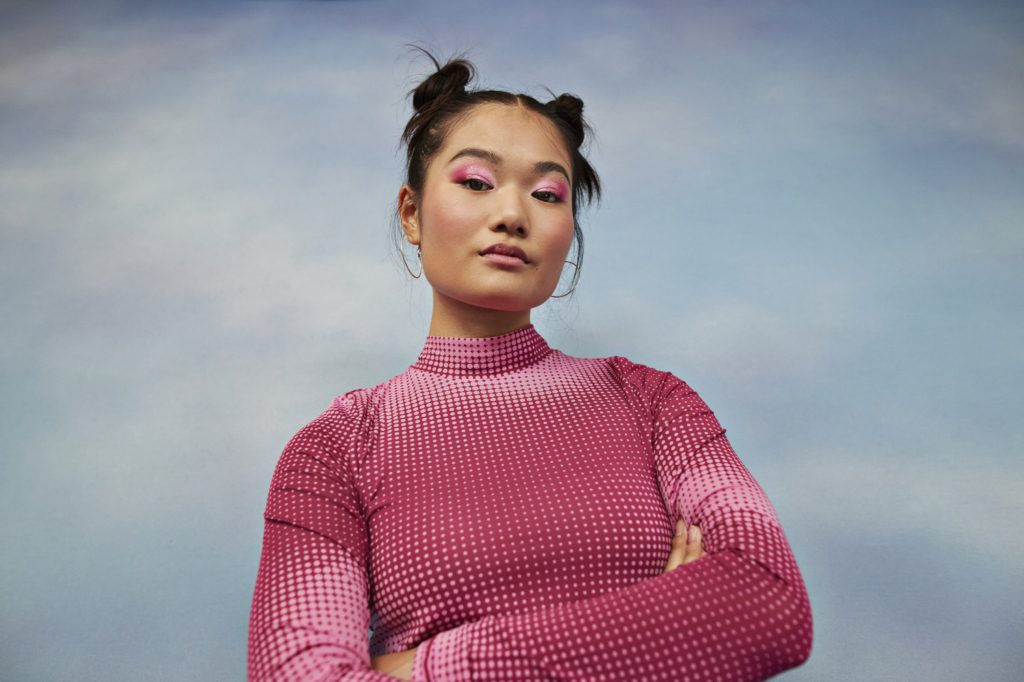
What is reproductive justice?
Black and intersectional feminists in the USA coined the term ‘reproductive justice’ to recognise that gender equality, sexual and reproductive rights and social justice are strongly interrelated.
Reproductive justice addresses issues of population control, bodily self-determination, immigrants’ rights, economic and environmental justice, sovereignty, and militarism and criminal injustices that limit individual human rights because of group or community oppressions.
Loretta J. Ross – academic, feminist and activist from the USA
The reproductive justice movement demands that states address social, economic and political inequalities which prevent people from the most marginalised communities from being able to exercise their sexual and reproductive rights.
Barriers to accessing abortion
When people are denied access to abortion due to criminalisation, restrictive laws and other barriers, their ability to exercise reproductive autonomy and enjoy their human rights is undermined.
But laws are not the only thing stopping people from seeking abortions.
Some people are not able to get an abortion because they can’t afford to take time off work for appointments or because they can’t afford to travel to another country or state to receive care. People who need abortions are also confronted by social stigma that makes it difficult for them to exercise their rights.
Creating a better future where abortion rights are guaranteed for all does not end with the decriminalisation of abortion. We must also address the deeply rooted, social, cultural and economic barriers that make it more difficult for people to exercise their reproductive rights.
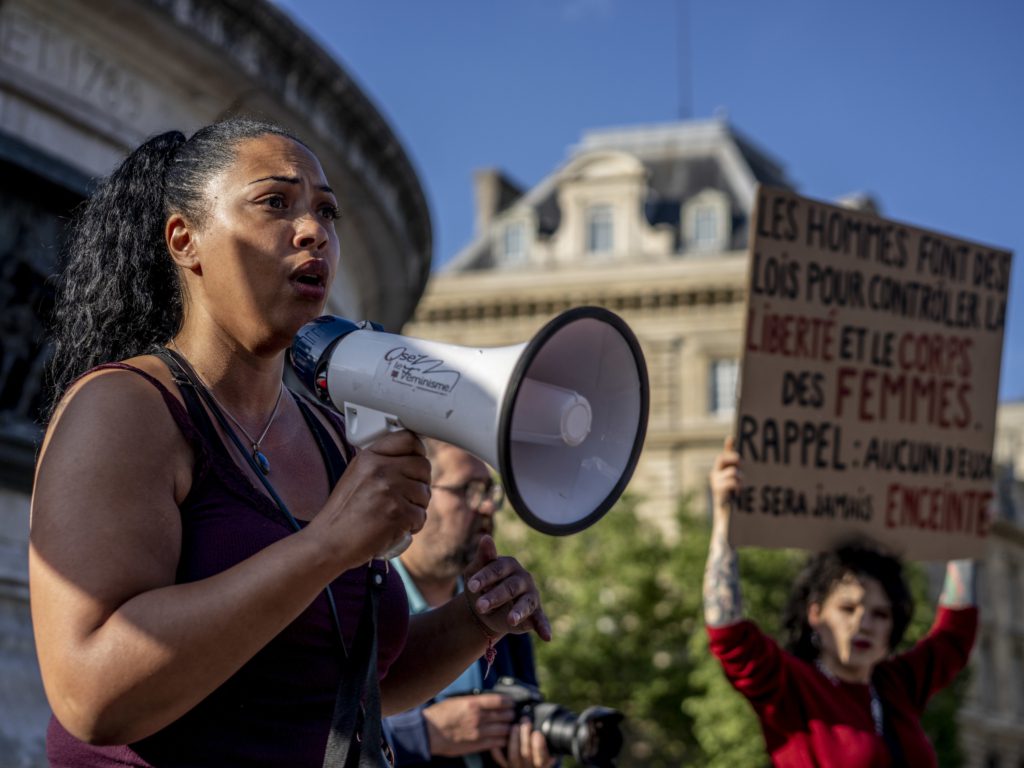
Criminalisation of abortion
People face all kinds of barriers to accessing abortion around the world. In some countries – like the United States, Sierra Leone, Poland and Morocco – getting an abortion, or helping someone have an abortion is criminalised. The laws that restrict abortion vary between countries, with some places like Equatorial Guinea and Zambia issuing life imprisonment to those who seek an abortion. There are other laws in place to penalise people who assist others in seeking an abortion.
In some countries, there are laws that only allow abortion in specific circumstances. These exceptions include when pregnancy is the result of rape or incest, if there is a severe and fatal injury to the foetus, or if the pregnancy presents a threat to the life or health of the pregnant person. However, only a small portion of abortions are due to these reasons, meaning these narrow exceptions still prevent most people from fully exercising their reproductive rights.
The criminalisation of abortion has a compounding impact on those who are already marginalised. Health services, in general, are less accessible to people on low income, refugees and migrants, LGBTI people and racialized and Indigenous people. That means it is more difficult for some people seek safe services in another country or access private care.
Despite decades of stigma and misinformation about abortions, most people agree that abortion should be legal. However, many people feel like they don’t know how to speak out and show their support, which is why the loud anti-abortion minority often dominates the narrative.
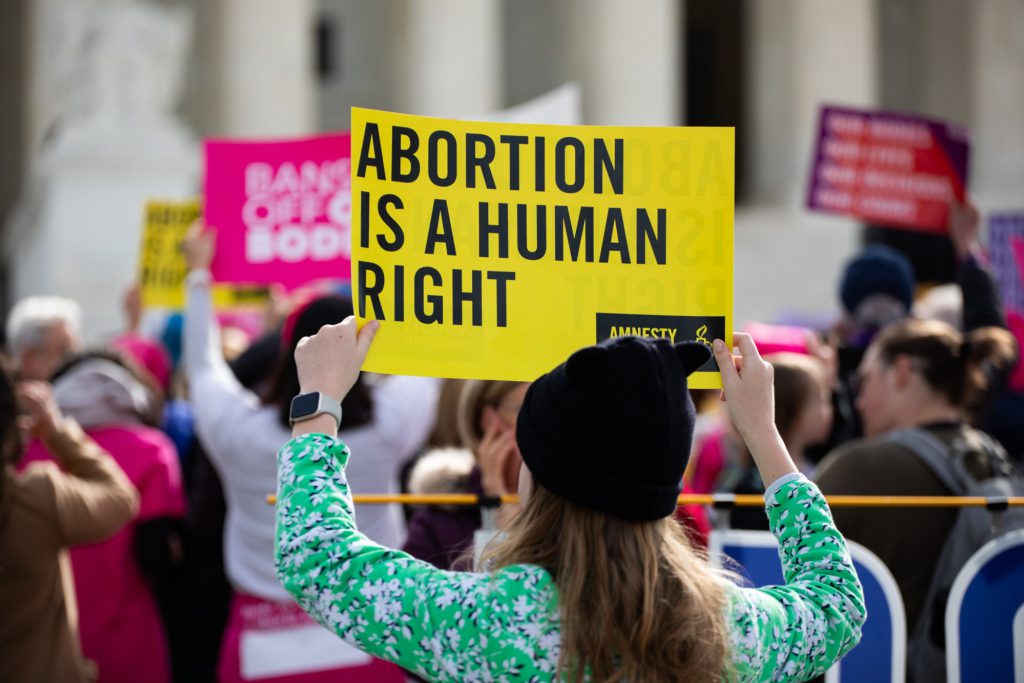
Social stigma of abortion
Even in countries where abortion is legal, it might be difficult to access because of factors like cost, distance to services, social stigma or religiously reinforced conservative attitudes. For example, medical staff might – and do – refuse to provide abortions on grounds of conscience or religion.
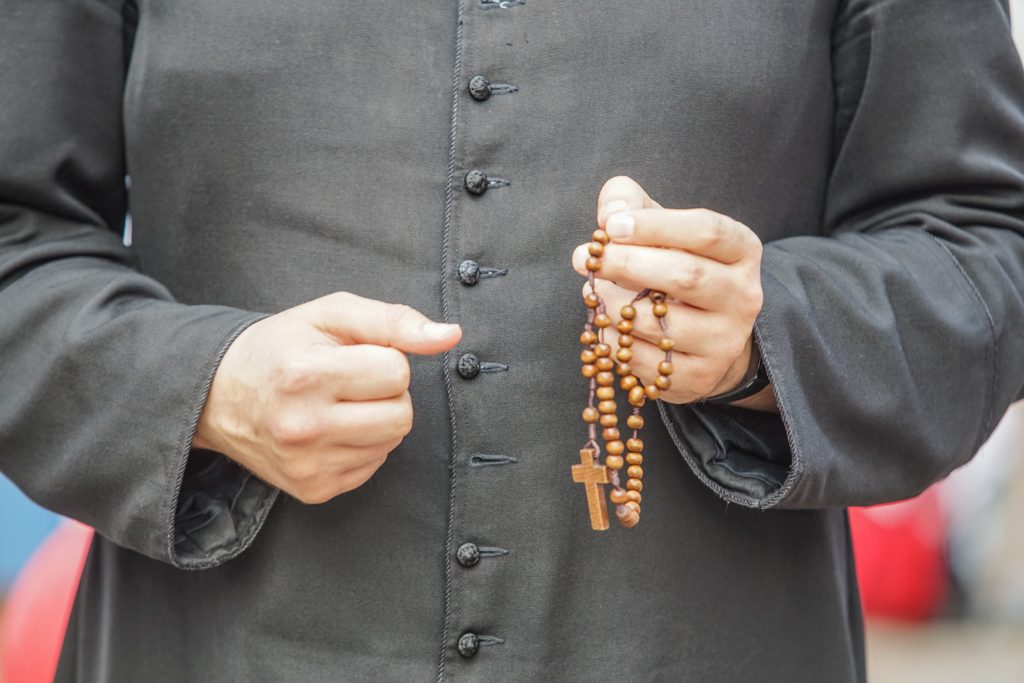
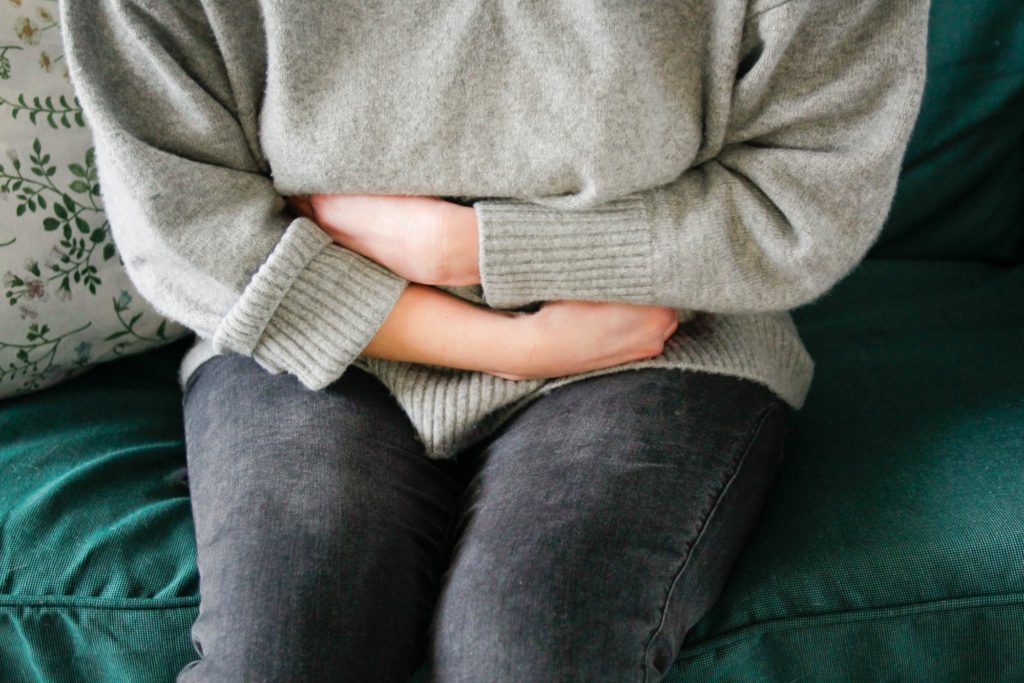
Case Study: Northern Ireland
Louise* was in a relationship with a man she had been with for three years when she fell pregnant for the first time. Louise told Amnesty that, despite always knowing she wanted to have children, the relationship she was in was unsafe.
“Throughout the early days of my pregnancy I experienced abuse, physical and mental, and when my then partner physically assaulted me, leaving with me injuries, I knew that I couldn’t go through with the pregnancy. It was unsafe for me and any future child to be in this environment.” Louise*
Despite abortion being decriminalized in Northern Ireland, Louise was unable to access abortion services, as she lives in a remote village. Travelling to England, where there is better access to abortion, was not an option due to costs. Louise decided to obtain abortion pills online and self-administer an abortion, which is illegal in many countries around the world, including Northern Ireland.
“I felt like I had no choice. It would cost over two hundred pounds to go to England, and then I would have had to explain why I was travelling there. I couldn’t access an abortion through my local healthcare clinic as the village is so small, I was worried someone would find out. I bought pills online and self-administered an abortion at home, which was a terrifying, isolating and painful experience.”
For people in Northern Ireland like Louise, abortion is a lifesaving procedure that can ensure they can live with dignity and autonomy over themselves and their futures.
“I look forward to having a child one day, in a time and place in which I feel safe to do so. Had I been forced to continue with the pregnancy at that time, I fear myself or the child may have ended up in a very dangerous situation.”
*Name changed to protect identity
Why is abortion a human rights issue?
Everyone has a right to life, a right to health, and a right to be free from violence, discrimination, and torture or cruel, inhuman and degrading treatment.
Access to abortion is vital to the protection of these rights, as well as all other human rights, which are enshrined in international human rights law.
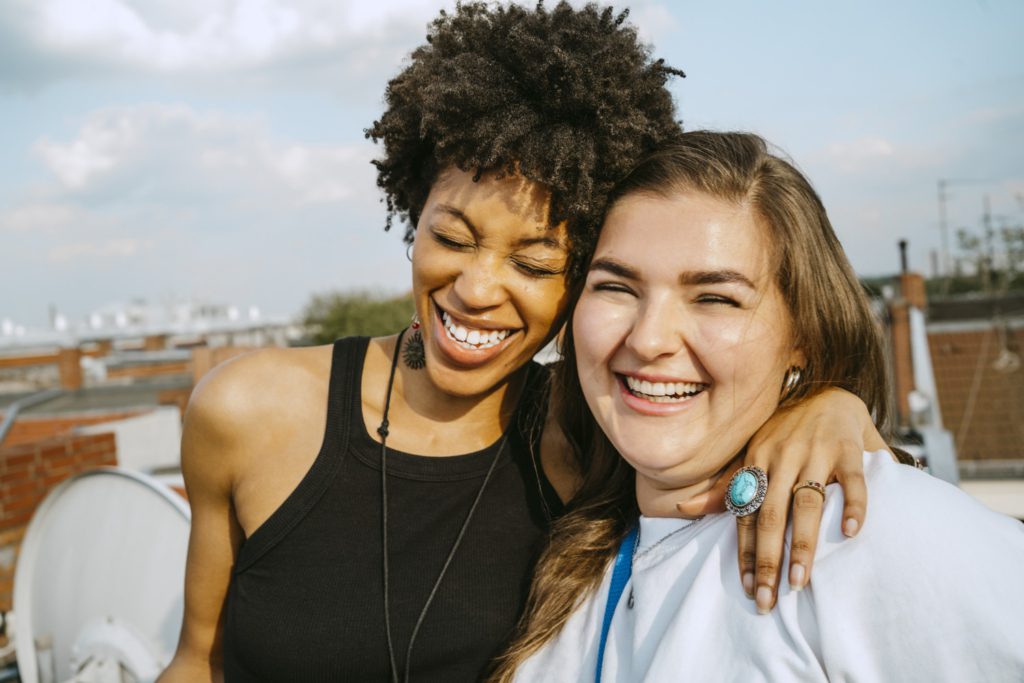
Everyone has the right to health
Almost every death and injury from unsafe abortion is preventable.
We know that criminalising abortion doesn’t stop abortions, it only makes them less safe. When access to abortion is restricted or criminalized, pregnant people, particularly those from marginalised communities who cannot afford to travel or seek private care, can resort to unsafe, clandestine abortions.
Unsafe abortions are the third leading cause of preventable maternal deaths worldwide. They are also the cause of five million largely preventable disabilities, according to the World Health Organization.
This is why access to safe abortion is a matter of public health and is a vital part of our right to health.
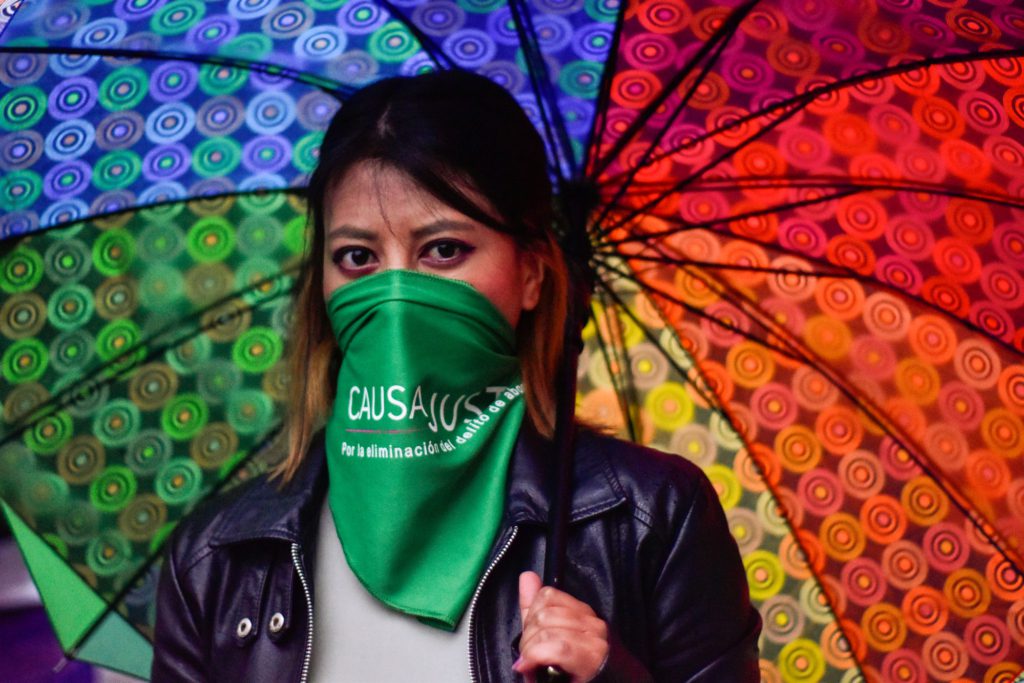
Everyone has a right to non-discrimination
Women and girls
Denying abortion is a form of gender discrimination against women and girls, and anyone else who can get pregnant.
This has been recognised by multiple UN treaty bodies monitoring the implementation of human rights by the states, including the Committee of the Convention on the Elimination of All Forms of Discrimination Against Women (CEDAW).
LGBTI people
Cisgender women and girls (women and girls who were assigned female at birth) are not the only people who need access to abortion. Anyone who can get pregnant, including intersex people, transgender men and boys, and people of diverse gender identities with the reproductive capacity to become pregnant may need abortion services.
Efforts to improve access to abortion must consider the unique needs of LGBTI people who are likely to face intersectional forms of discrimination and stigma if they try to seek an abortion. For example, transgender and gender non-conforming people are more likely to report facing harassment in medical settings and are often refused treatment due to their gender identity.
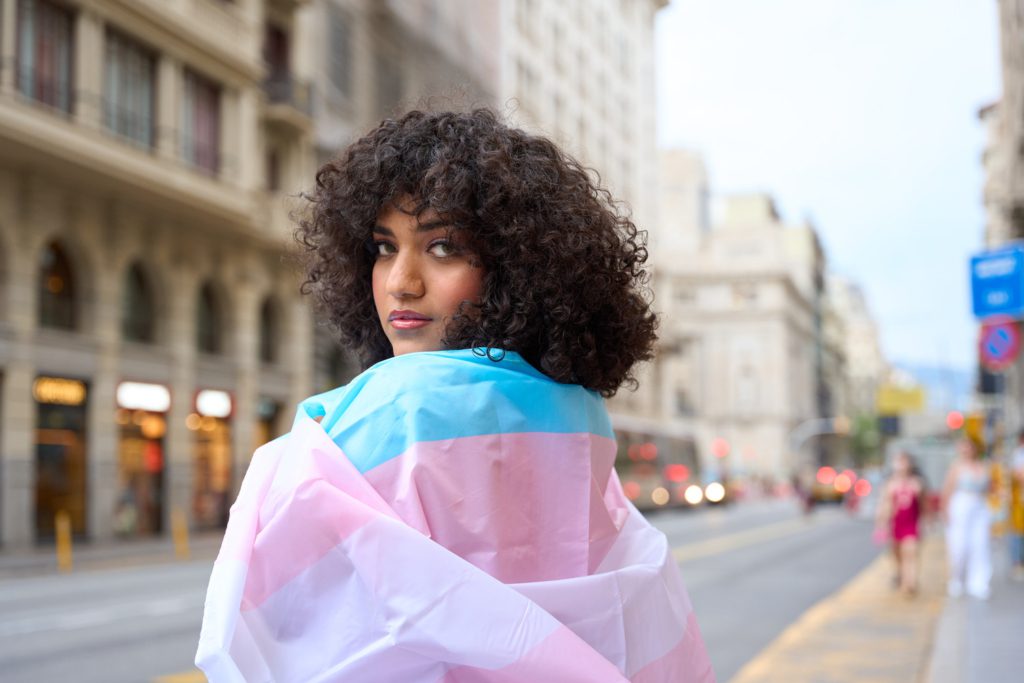
Everyone has a right to bodily and reproductive autonomy
International human rights law clearly spells out that decisions about your body are yours alone – this is what is known as bodily autonomy. The right to make autonomous decisions about one’s reproductive life is known as reproductive autonomy.
Forcing someone to carry on an unwanted pregnancy, or forcing them to seek out an unsafe abortion, is a violation of their human rights, including the rights to privacy and bodily and reproductive autonomy.
In many circumstances, those who have no choice but to resort to unsafe abortions also risk prosecution and punishment, including imprisonment, and can face cruel, inhuman and degrading treatment and discrimination in, and exclusion from, vital post-abortion health care.
The World Health Organization noted that one of the first steps toward avoiding harmful consequences of criminalisation of abortion including maternal deaths and injuries is for states to ensure that all people including adolescents have access to sex education, are able to use effective contraception, can access safe abortion, and are given timely care for complications.
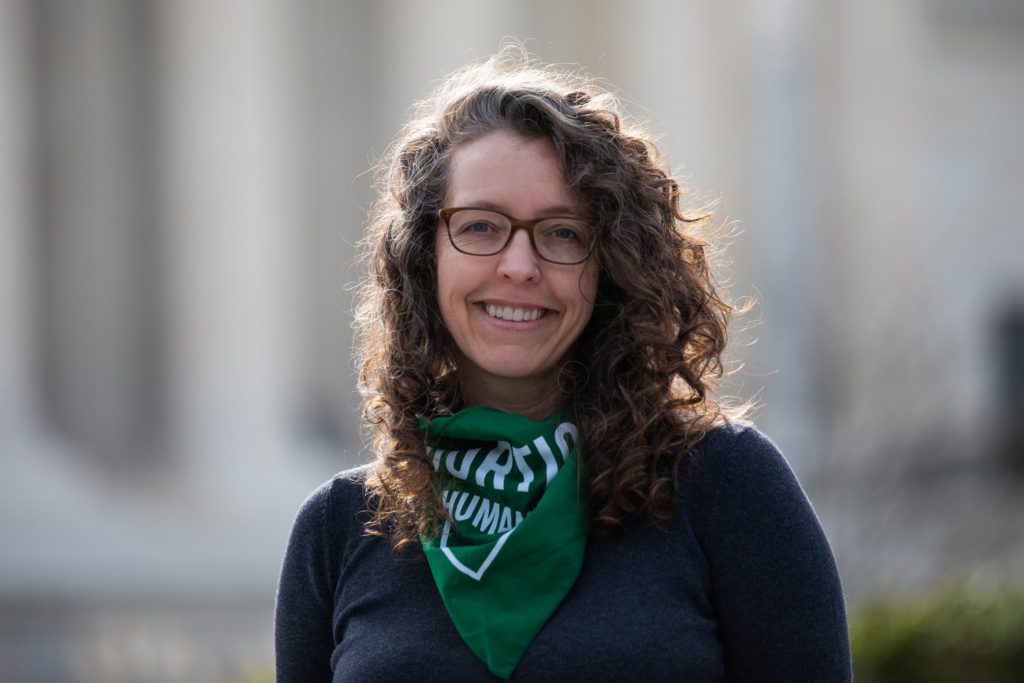
TAKE ACTION TO SUPPORT ABORTION RIGHTS DEFENDER
SIGN A PETITION TO OVERTURN JUSTYNA’S CONVICTION
Justyna was convicted for helping a woman in an abusive relationship access a safe abortion. Sign the petition and urge the prosecutor general to ensure that her wrongful conviction is reversed.
Human rights defenders working for abortion rights
Around the world, those defending abortion rights are under attack, including activists, advocates, educators, clinic escorts, accompaniers, doulas, and healthcare workers, among others.
They are exposed to stigmatization, physical and verbal attacks, intimidation and threats, and are criminalized through unjust prosecutions, investigations and arrests. Despite hostility and lack of recognition, they continue their work, helping countless women, girls and all people who can become pregnant access their right to abortion.
They are a truly unstoppable movement.
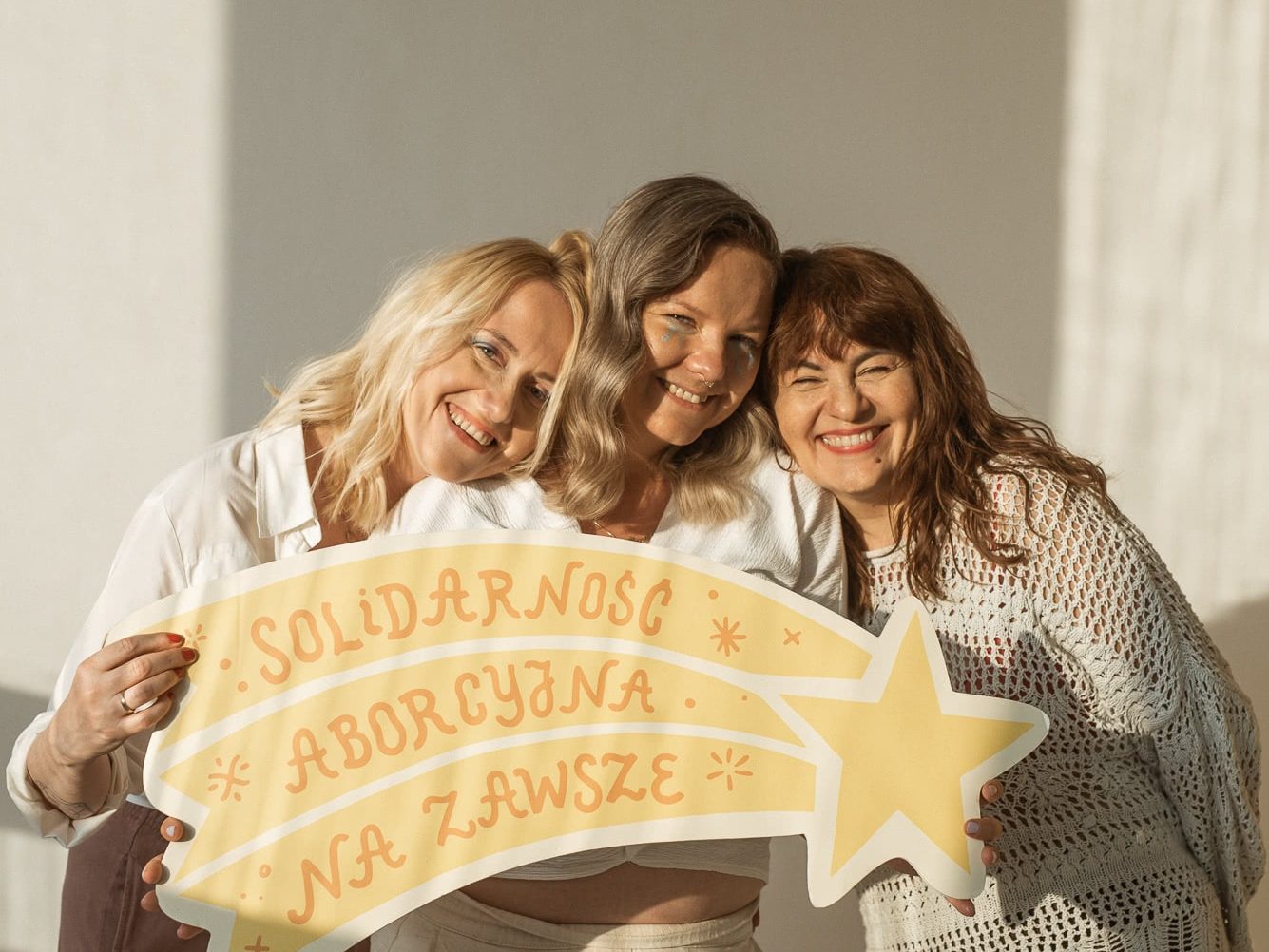
Risks and threats faced by people working for abortion rights
Criminalisation and restrictive laws on abortion prevent health-care providers from providing the best care options for their patients, in line with good medical practice and their professional ethical responsibilities.
Criminalisation of abortion results in a “chilling effect”, which deters providers to overapply restrictions than what is required by the law due to fear of criminal liability.
It also deters women, girls and pregnant people from seeking post-abortion care for complications due to unsafe abortion or other pregnancy related complications.
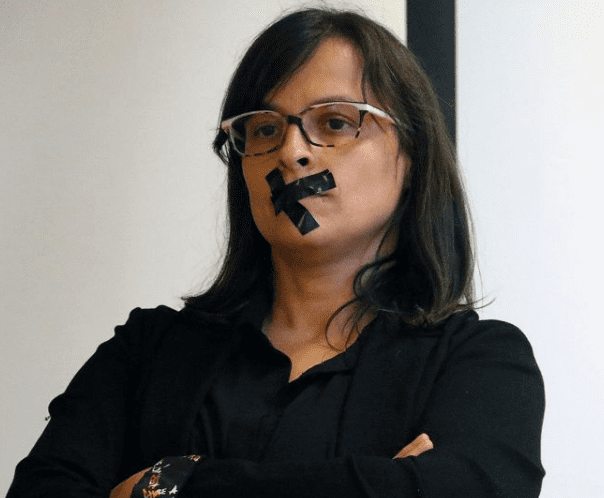
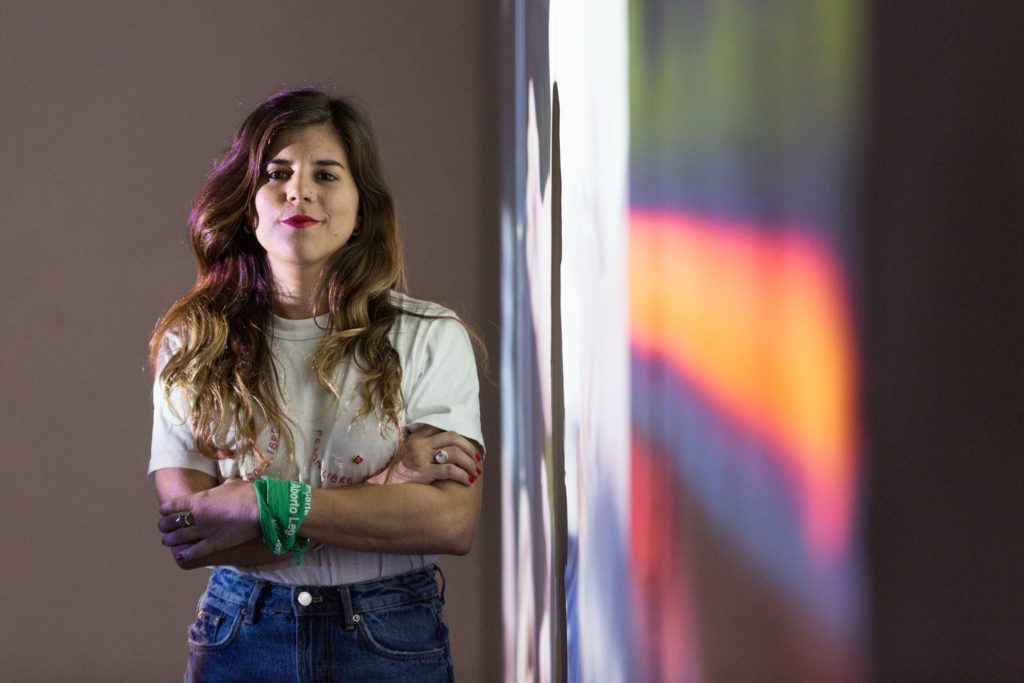
Case Study: The Green Wave
While many countries around the world are working towards further restricting access to abortion, the ‘Marea Verde’, the ‘Green Wave’ women’s movement has managed to bring about what were once unimaginable changes to abortion law in Latin America.
The “Green Wave” is the adopted name of the feminist and human rights movement that has been fighting for years to legalize abortion throughout Latin America.
In 2018 hundreds of thousands of girls and women came together to urge lawmakers to decriminalize and ensure safe access to abortion. These women were part of a huge campaign. They came from different movements and organizations, including Amnesty International Argentina, united in their call for change.
In Argentina, a country key to the advancement of the ’Green Wave’, more than three years after the historic legalisation on abortion was passed in December 2020, there have been notable decrease in maternal mortality ratio, demonstrating once more that liberalizing abortion laws protects both health and life of pregnant people.
What is Amnesty doing to defend the right to abortion?
We believe that everyone should be free to exercise their bodily autonomy and make their own decisions about their reproductive lives including when and if they have children.
It is essential that laws relating to abortion respect, protect and fulfil the human rights of pregnant persons and not force them to seek out unsafe abortions.
That’s why we’re calling on states around the world to fulfil their obligations to guarantee abortion rights for all, and to respect and protect the right of all those who defend the right to abortion.
TAKE ACTION TO SUPPORT ABORTION RIGHTS DEFENDER
SIGN A PETITION TO OVERTURN JUSTYNA’S CONVICTION
Justyna was convicted for helping a woman in an abusive relationship access a safe abortion. Sign the petition and urge the prosecutor general to ensure that her wrongful conviction is reversed.

